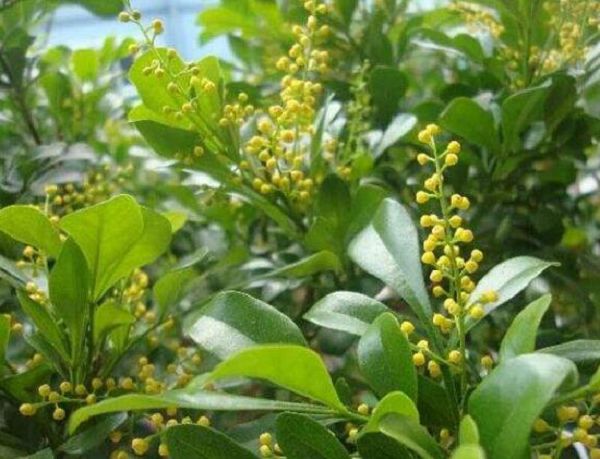The reason for the curl of orchid leaves

The main causes of orchid leaf curl are long-term exposure, lack of water, lack of fertilizer, and too high temperature or too low wind. To avoid leaf curling, you need to receive 6-8 hours of light every day, each watering to ensure that the basin soil is moist, there is no stagnant water. Keep the growth temperature between 18-25 degrees, fertilize regularly during the growing period and flowering period, and there is no fertilizer damage.
Causes of leaf curl of orchids and its solutions
1. Long-term exposure to the sun
Reason: orchid leaves in strong light for a long time, it will lead to leaf curl phenomenon.
Solution: put it in a sunny position every day and receive 6-8 hours of sunlight to promote the growth of branches and leaves. Receive scattered light in summer and should not be exposed to the sun.
Second, caused by long-term water shortage
Reason: orchid leaf growth needs a certain amount of water, if the long-term drought will lead to leaf curl phenomenon.
Solution: each watering to ensure that the basin soil moist environment, pay attention not to be too wet, to avoid root rot phenomenon. Keep the basin soil slightly dry in autumn and winter, and the water temperature should be about the same as the soil temperature.
Third, the temperature is high or low.
Reason: orchid leaves are exposed to high or low temperature for a long time, which will lead to leaf curling.
Solution: orchids like to grow in a warm environment, and the most suitable temperature for growth is between 18 and 25 degrees. The high temperature is placed in a cool position in summer and in a sunny position in winter.
Fourth, caused by long-term lack of fertilizer
Reason: the long-term lack of fertilizer in the growth process of orchid leaves will lead to curly leaves and dull light.
The solution is to apply mature organic fertilizer every half a month during the growing period of orchids, increase phosphorus and potassium fertilizer before flowering, apply foliar fertilizer of potassium dihydrogen phosphate once a month, and apply phosphorus and potassium fertilizer mainly and nitrogen fertilizer as auxiliary fertilizer before overwintering.
- Prev

How do you classify orchids? Are all the flowers with the word "orchid" in their name orchids?
How do you classify orchids? Are all the flowers with the word "orchid" in their name orchids?
- Next

There are eight good ways to teach you how to raise Milan flowers.
There are eight good ways to teach you how to raise Milan flowers.
Related
- Is the orchid suitable for indoor use? Is it good for the body?
- How to prevent the empty root of orchids?
- What to do after the crab claw orchid is withered?
- Why are the leaves of orchids always yellow? Fertilizing and watering.
- Can the root of the gentleman orchid be saved if it is rotten?
- Diagnosis and treatment of cotton-blowing beetle insects in Cymbidium
- There is a way for a gentleman's orchid to rot.
- What is the most suitable temperature and humidity for the orchid?
- How to raise a gentleman's orchid? Cultivation techniques of Cymbidium
- How to prepare the nutritive soil for the cultivation of Cymbidium

